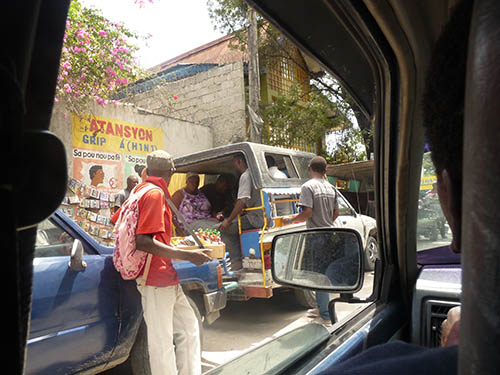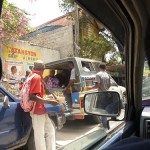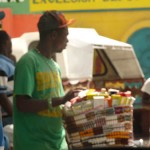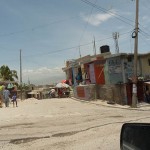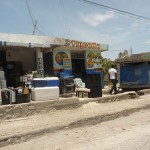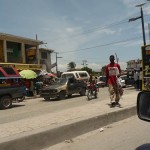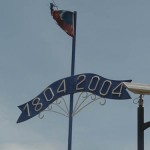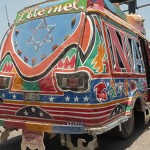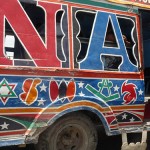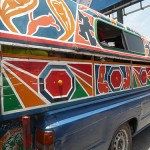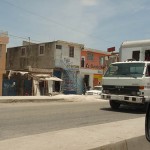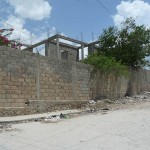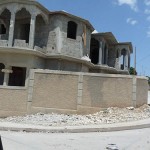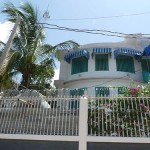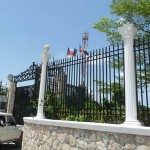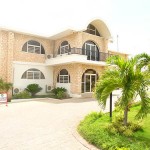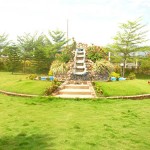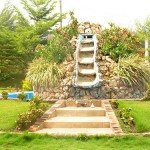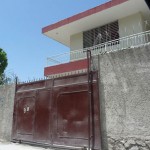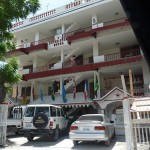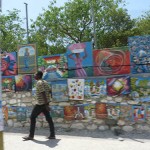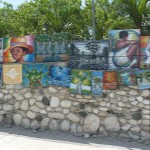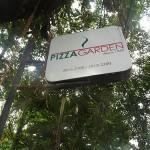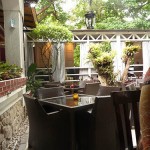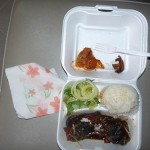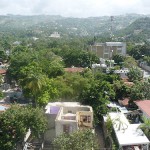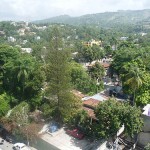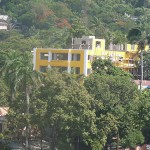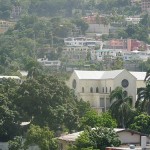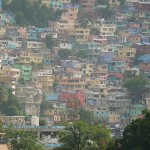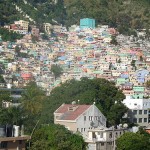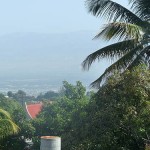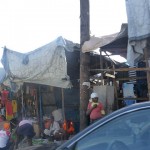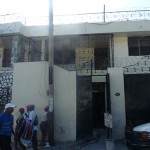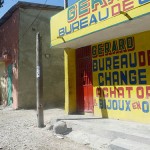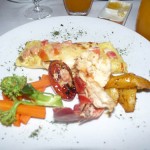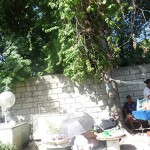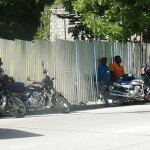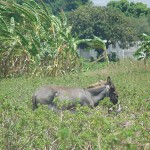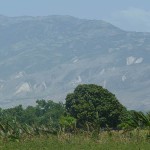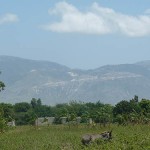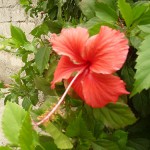A little over three years after a massive earthquake stuck the epicenter of the nation’s capital, a companion and I took a trip to an island known to some as the Soul of the Caribbean. I arrived at the Toussaint Louverture International Airport in Port-Au-Prince unprepared for Haiti’s center of the earth heat – I unwittingly choose to wear heavy pants, and boots. I took my blazer off before I got off the plane; which turned out to be a smart move. Apparently the heat wave that we have been experiencing stateside doesn’t compare to the heat down south – thankfully the air was dry and every now and then there was a breeze.
En route to our first destination in Haiti, I was surprised to see that things seem to be getting better. Unlike what is shown in the media, many of the homes and buildings that were devastated during the 2010 Earthquake are either being repaired or rebuilt, and many of Haiti’s busier streets are free of debris and large rocks left behind by the 2010 Earthquake – though some roads and many side streets are still in desperate need of repair.
Not too many people have a car, so many get in and around the cities by using vans called Tap Tap. Tap Taps are usually brightly colored vans with musical horns (Picture Below). All over the streets, music can be heard playing the country’s choice of music – Kompà; which is a mixture of rhythmic beats reminiscent of West Africa and modern sounds.
We stopped at one of Haiti’s wealthiest and affluent areas – Pètion-Ville. It is here, in Pètion-Ville where many well-respected members of the government, foreign businessmen, Haiti’s elite, as well as mulattos and multi-ethnic Haitians reside. This bustling city is filled with boutiques, shops, restaurants, and supermarkets conducted in a similar manner to western countries. Some of the shops and supermarkets are guarded by armed security guards. When I say armed I’m not referring to your typical 9MM handgun. I’m talking rifles! Stealing is obviously not regarded as a petty crime there. UN soldiers could be seen throughout the entire area either on foot or in trucks. Pètion-Ville has many beautiful homes and mansions painted in bright festive colors that are scattered on rolling hills (Pictures Below).
Pètion-Ville has many restaurants. One of those restaurants is Pizza Garden – located on a side street; the entrance does not seem like much, but your expectations are quickly elevated once you make your way to a beautiful outdoor eating area. The food is just as beautiful as the setting and the menu consist of different types of pizzas to gourmet dishes such as Filet Mignon (Picture Below).
Croix-des-Bouquets was another city that we visited. Unlike other areas in Haiti, Croix-des-Bouquets was not badly effected by the 2010 Earthquake. Many would describe this city as another suburban area of Haiti, but the area mostly consists of farmland, mountains, and rolling hills. Many citizens of Croix-des-Bouquets make a living by growing beans, grains, and livestock; while others hold office jobs (Picture Below).
During my stay, I was absolutely amazed by the spirit and the resiliency of the Haitian people. Although some areas are still a work in progress, the people of this small nation is making the best of it – many of who are going about their lives by setting up cozy makeshift shops, cooking stations, or selling painting alongside of busy roads as a way to produce an income (Pictures Below).
Upon leaving, I knew that there will be times when I might find myself complaining over the very thing that someone else would be grateful for, but traveling to Haiti gave me a refined approach to life. After all, a little gratitude never hurts.
